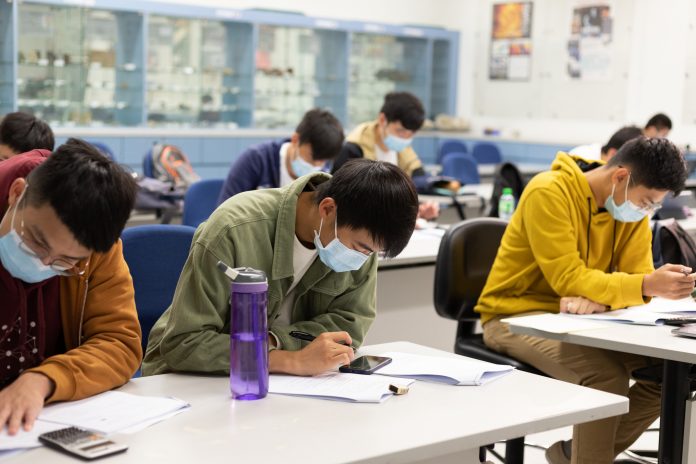A model developed by Boston University can project COVID housing needs up to ten days in advance – which can slow the spread of the virus
Planning for SARS-CoV-2 – the virus that causes COVID-19 – is very unpredictable, so researchers at Boston University (BU) have developed a straightforward method for predicting one of the resources needed to slow the spread of COVID-19 in communities.
Researchers set out to develop an approach to project quarantine needs during an outbreak, particularly for communally housed individuals who interact with outside individuals.
Establishing a real-time method for projecting COVID-19 quarantine needs in congregate housing settings ten day in advance, a simple statistical model incorporates readily available data, including daily case counts and contact tracing details. It is also informed by sensible experiences and judgements on human behaviour.
A way to bring students back to education, safely?
With concerns about bringing students back to universities globally, especially on BU campus, BU leadership supporting the COVID-19 response tasked faculty experts with determining the efficacy of testing, contact tracing, and quarantine measures to bring students back safely in autumn.
Laura White, Professor of Biostatistics at the BU School of Public Health, said: “There was a lot of collaboration across different departments and parts of the university, as well as university leadership that was collecting and storing the data. This is a really great hallmark of BU’s response to COVID in that we made, what has proven to be, a very effective response.”
However, initial predictions for quarantine and isolation had been wrong, so BU set aside hundreds more beds than were needed.
Peter Smokowski, VP of Auxiliary Services, said: “We found ourselves in uncharted waters in determining the number of quarantine and isolation beds. However, the modeling that Eric’s team completed was very helpful in establishing a benchmark number.”
The original model developed was meant to provide guidance for bringing students back to campus safely, rather than specific estimates on the number of beds needed. So, they ended up providing an easy-to-use software tool to project quarantine utilization for institutions that can account for mixing with outside populations.
This software tool has potential application for universities, corrections facilities, and the military.
Daily case data allows for allocation, not “reactive” response
Published in The American Journal of Public Health (AJPH), the modelling experts developed a better, more accurate model for predicting quarantine needs. The team’s new model incorporates data on daily positive case counts for students and information from contact tracing on how student populations off and on campus interact.
This model additionally accounts days where COVID-19 may spread quicker, for instance, long weekends or holidays. The team used simple and effective methods to create their model.
Due to new SARS-CoV-2 variants, such as Delta or Omicron, researchers determining how to allocate resources like quarantine housing could make a big difference in how quickly it spreads through congregate settings. The researchers’ model can be applied to similar settings where people in close quarters interact with groups outside.
Kolaczyk further commented: “The driver for us in transitioning this from a BU project to a publication is the realization of how ubiquitous the need for quarantine space optimization is across the world. Our model can be used as a predictive tool to allocate resources from a relatively milder baseline…rather than being reactive.
“The software is only five lines of code. Yet it is based on a very principled method, based on standard notions of the arrivals of infected individuals and local transmission.”
Li said: “Our model is simple, but it works well.”











